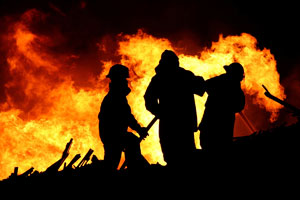Those of us who take the moral high-ground and struggle to work every day on two wheels instead of four will know that cycling through traffic isn’t the most pleasant experience. Given the choice we would probably prefer a leafy, quiet path away from the congestion – but how do we persuade town planners to invest in off-road cycle routes when there are already perfectly good cycle lanes in place through many towns and cities?

Although Tom Bean and co-workers are careful to point out that the current levels of NO2 exposure on-road are still unlikely to present a health risk, they believe the overall benefits of the study will be greater than that of NO2 exposure alone, given the large number of pollutants associated with vehicular traffic and their approach could easily be used to aid the selection of cycle routes.
The article is free to access for one month – so take a look and let us know what you think!
How does exposure to nitrogen dioxide compare between on-road and off-road cycle routes?
T. Bean, N. Carslaw, M. Ashmore, A. Gillah and C. Parkinson
J. Environ. Monit., 2011, Advance Article
DOI: 10.1039/C0EM00332H, Paper















